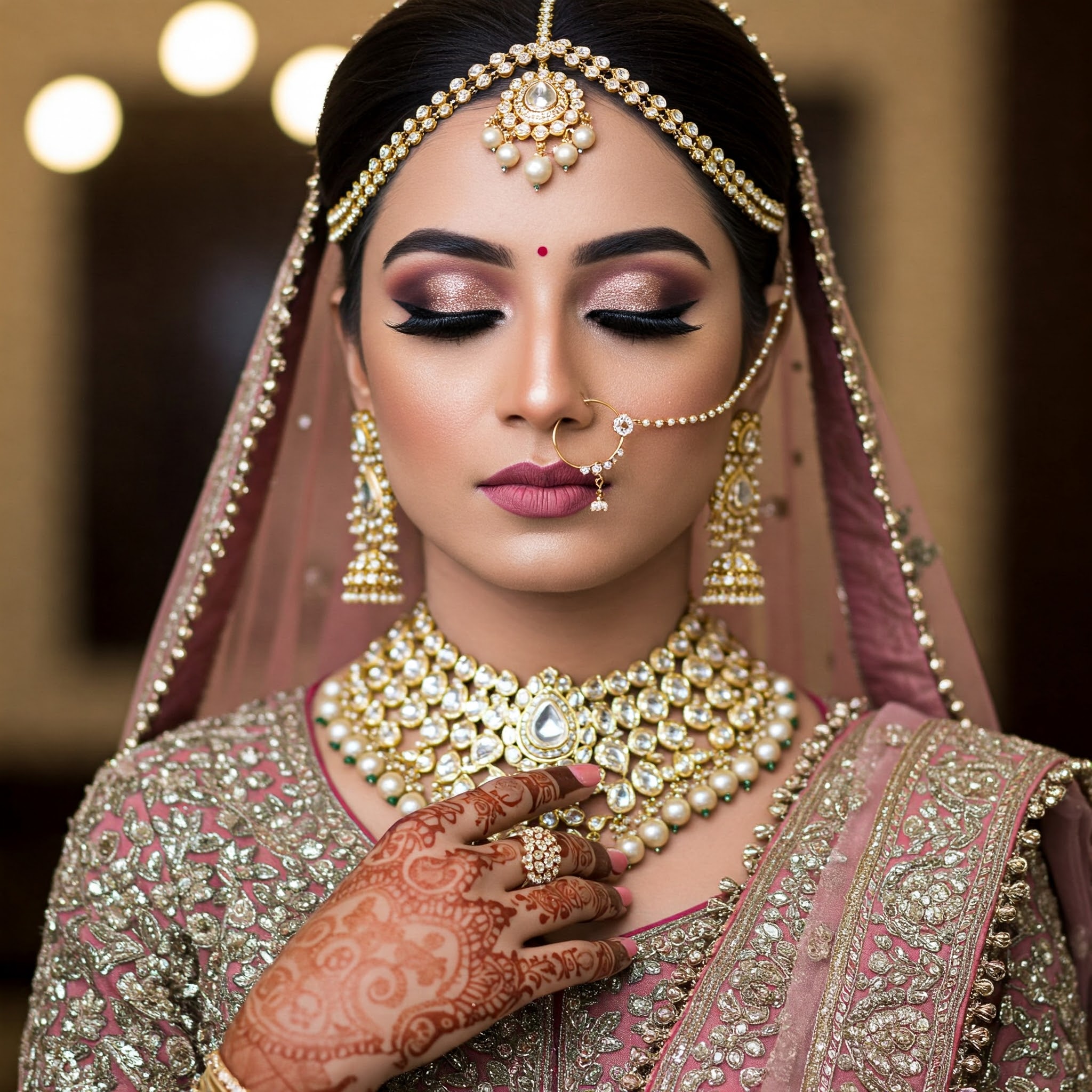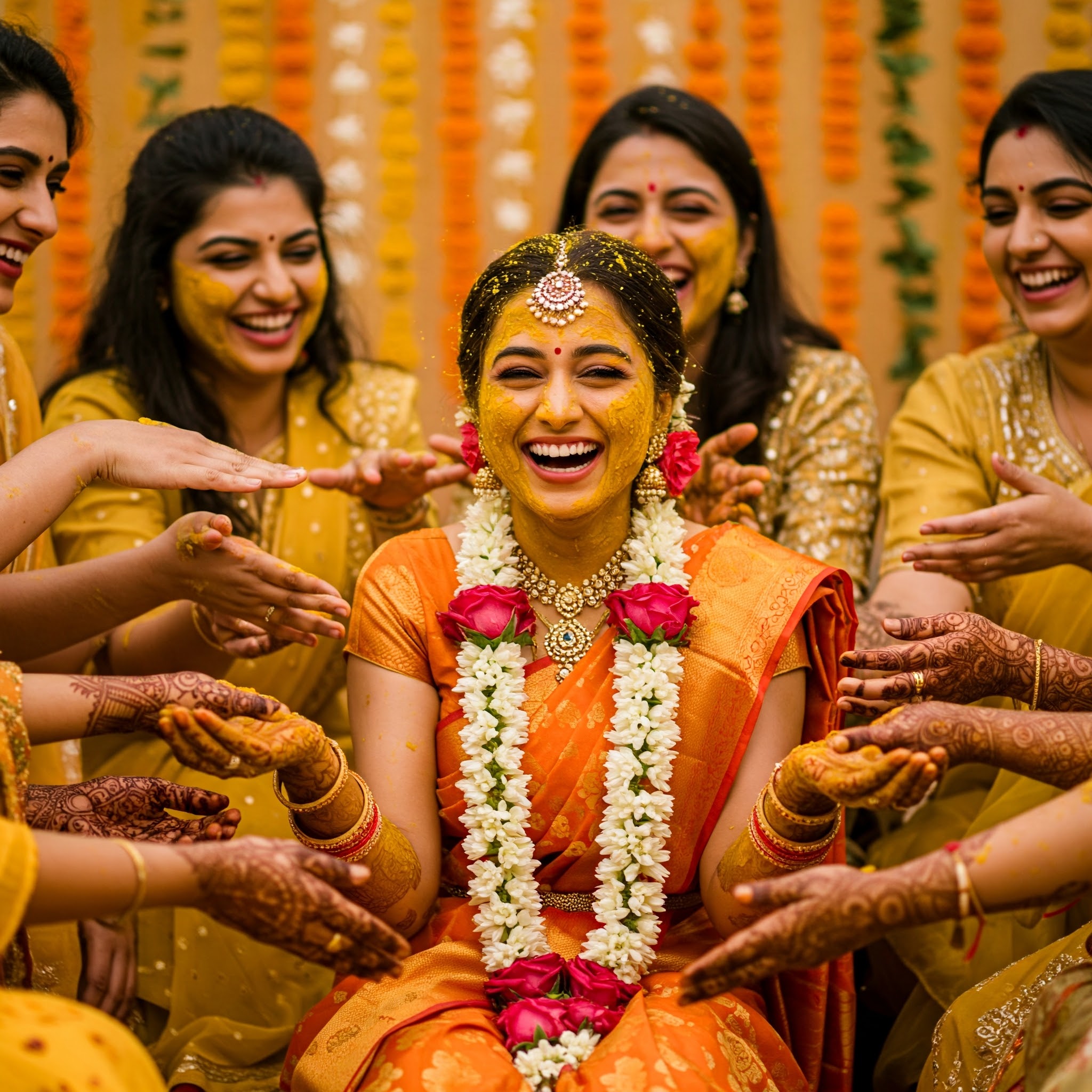
How Couples Blend Rituals When They Belong to Different Indian States
24-Nov-2025 digi shaadi
Introduction
India is a land of breathtaking cultural diversity—each state having its own traditions, rituals, dialects, music, food, and wedding customs. When two people from different Indian states come together in marriage, the union becomes more than a personal celebration—it becomes a vibrant expression of India’s unity in diversity.
With increasing migration for education, careers, travel, and the rise of online matchmaking platforms like DigiShaadi, inter-state marriages have become beautifully common. But blending two unique sets of rituals requires mutual respect, thoughtful planning, communication, and creativity.
Here’s an in-depth look at how modern couples seamlessly blend rituals when they come from different Indian states.
1. The Beautiful Beginning: Understanding Each Other’s Culture
Every inter-state marriage begins with curiosity. Couples start by learning:
-
What rituals define each culture?
-
What do these rituals symbolize?
-
Who plays important roles during the ceremonies?
-
What food, attire, music, and décor are traditional?
Examples include:
-
Punjabi–Tamil weddings merging laavaan, saptapadi, haldi, mehendi, kaashi yatra.
-
Gujarati–Bengali weddings combining madhuparka, saat paak, bashi biye, shubho drishti.
-
Marathi–Malayali unions exploring antarpat, oonjal, thaalam, gruha pravesh.
Couples often exchange photos, videos, and even attend each other’s family ceremonies. This early cultural immersion sets the foundation for a respectful and beautifully merged wedding.
2. Communication: The Most Important Ritual
After understanding one another’s traditions, couples discuss:
-
Which rituals hold emotional value for each family
-
Which ceremonies can be combined
-
Which ones need to be kept distinct
-
How much time each culture typically spends on wedding events
Most couples even create a wedding blueprint, listing:
-
Partner A’s rituals
-
Partner B’s rituals
-
Common ceremonies
-
Optional traditions
-
Modern additions
This ensures both families feel valued and nothing important gets overlooked.
3. Choosing the Right Venues
Inter-state weddings often unite families from distant regions, so couples choose venues thoughtfully:
Two Ceremonial Venues
One in each state to honour cultural roots.
Neutral Destination Weddings
Cities like Jaipur, Goa, Delhi, Kochi, or Hyderabad work well.
One Venue with Multiple Setups
For example:
Tamil-style decor in the morning, Punjabi-style celebrations in the evening.
Venue planning plays a huge role in balancing traditions smoothly.
4. Blending Pre-Wedding Rituals
Pre-wedding ceremonies offer the most scope for fusion.
4.1. Turmeric Traditions from Different States
Almost every Indian culture has a turmeric cleansing ritual:
-
Punjabi: Haldi
-
Bengali: Gaye Holud
-
Tamil: Pithi
-
Gujarati: Pithi Chhatthi
Couples combine them into one colourful ceremony where both sides apply turmeric in their own styles—creating a joyful multi-state celebration.
4.2. Mehendi: A Canvas of Regional Art
Styles vary widely:
-
Rajasthani: detailed patterns
-
Arabic: bold strokes
-
Gujarati: mandalas
-
Punjabi: symbolic motifs
-
South Indian: floral themes
Brides often blend two styles to reflect both heritages.
4.3. Sangeet + Folk Fusion
Sangeet nights become cultural fiestas featuring:
-
Bhangra
-
Bengali dhaak
-
Tamil kuthu music
-
Rajasthani ghoomar
-
Marathi lavani
Both families bond through dance and music.
5. The Main Ceremony: Heart of the Fusion
5.1. Two Complete Ceremonies
Many couples choose this option to honour both sides fully:
-
Tamil muhurtham + Punjabi Anand Karaj
-
Bengali wedding + Christian white wedding
-
Marathi vivah + Kannada mangalya dharana
5.2. Merging Similar Rituals
Where rituals overlap, couples combine them:
-
Garland exchange (Jaimala/Varmala)
-
Saat Phere / Saptapadi
-
Kanyadaan
-
Mangalsutra / Sacred thread rituals
This keeps the ceremony meaningful yet time-efficient.
5.3. Multilingual Vows
Couples sometimes exchange vows in Hindi, English, Tamil, Bengali, Telugu, or Marathi—creating a deeply emotional and inclusive moment.
6. Attire: Fashion That Brings Cultures Together
6.1. The Bride’s Multi-State Wardrobe
A bride may wear:
-
Kanjivaram saree for muhurtham
-
Punjabi lehenga for sangeet
-
Bengali Banarasi for pheras
-
Gujarati panetar for reception
6.2. Groom’s Blended Style
Grooms may switch between:
-
Sherwani
-
Veshti
-
Mundu
-
Achkan
-
Kurta-pajama
6.3. Colour Themes
Couples often blend culturally significant colours:
-
Red (North India)
-
White (Malayali/Christian weddings)
-
Gold (South India)
-
Green (Maharashtra)
7. Decor: Two States, One Story
Wedding décor beautifully narrates cultural identity.
Examples of fusion décor:
-
Punjabi phulkari with Tamil temple bells
-
Bengali alpana with Rajasthani bandhani
-
Kerala-style jasmine garlands with Gujarati torans
-
Maharashtrian lotus motifs with Kashmiri papier-mâché designs
These combinations create visually stunning and meaningful settings.
8. Food: The Ultimate Cultural Bridge
8.1. Multi-Cuisine Wedding Menu
Couples curate food from both states:
-
North Indian: butter chicken, saag
-
South Indian: dosa, avial
-
Bengali: fish curry, mishti doi
-
Gujarati: undhiyu, thepla
-
Rajasthani: dal baati
-
Maharashtrian: puran poli
8.2. Fusion Food Stations
Crowd favourites include:
-
Idli with chole
-
Rasgulla cheesecake
-
Chettinad paneer tacos
-
Kerala parotta + paneer lababdar
-
Misal pav bruschetta
8.3. State-Specific Desserts
Dessert counters often become a sweet map of India.
9. Music & Entertainment: A State-Wise Playlist
Couples create playlists mixing:
-
Punjabi dhol
-
Tamil nadaswaram
-
Gujarati garba beats
-
Bengali folk tunes
-
Bhojpuri wedding songs
-
Bollywood favourites
It turns the wedding into a lively pan-India musical celebration.
10. Handling Family Expectations Gracefully
Inter-state weddings require emotional sensitivity.
-
Involve elders in decision-making
-
Communicate plans clearly
-
Give equal importance to rituals
-
Respect sentimental values
Empathy ensures harmony.
11. Modern Touches That Add Charm
Couples mix tradition with modern ideas:
-
Personalized vows
-
Wedding logo
-
Couple hashtags
-
Bilingual entry songs
-
Pre-wedding shoots in cultural attire
These make the wedding memorable and social-media ready.
12. After the Wedding: Blending Cultures Daily
12.1. Celebrating Festivals Together
-
Pongal + Lohri
-
Onam + Gudi Padwa
-
Durga Puja + Navratri
-
Vishu + Diwali
12.2. Learning Each Other’s Language
It builds closeness with in-laws.
12.3. Cooking Multi-State Meals
A fun way to merge lifestyles:
-
Tamil–Marathi: sambhar + poha
-
Punjabi–Bengali: chole + fish fry
12.4. Raising Children with Dual Traditions
Kids grow up embracing festivals, languages, and food from both states.
13. Why Inter-State Marriages Are Beautiful
Inter-state marriages bring:
-
Deeper understanding of India
-
Double festivals, double food, double joy
-
Greater patience, respect, and adaptability
-
Unique and unforgettable celebrations
They truly reflect the spirit of India—unity without losing individuality.
Conclusion
Blending wedding rituals from two different Indian states is not just about planning the ceremony—it’s about embracing heritage, respecting differences, and celebrating similarities. Couples who communicate openly and plan thoughtfully create weddings that honour the beauty of both cultures.
If you're searching for a partner who respects tradition yet embraces modern values, Digi Shaadi helps you meet matches from all across India—turning inter-state love stories into lifelong partnerships.




